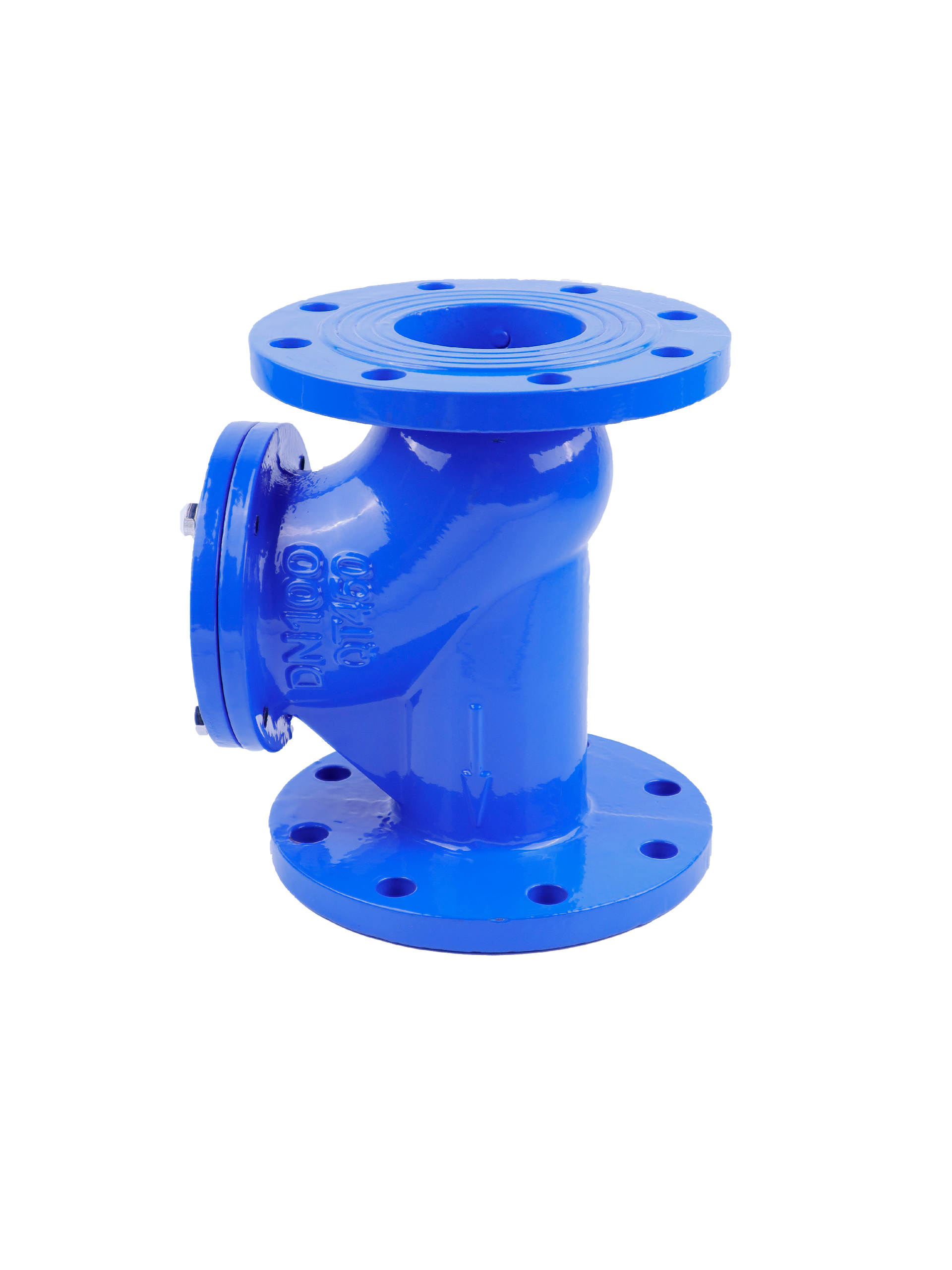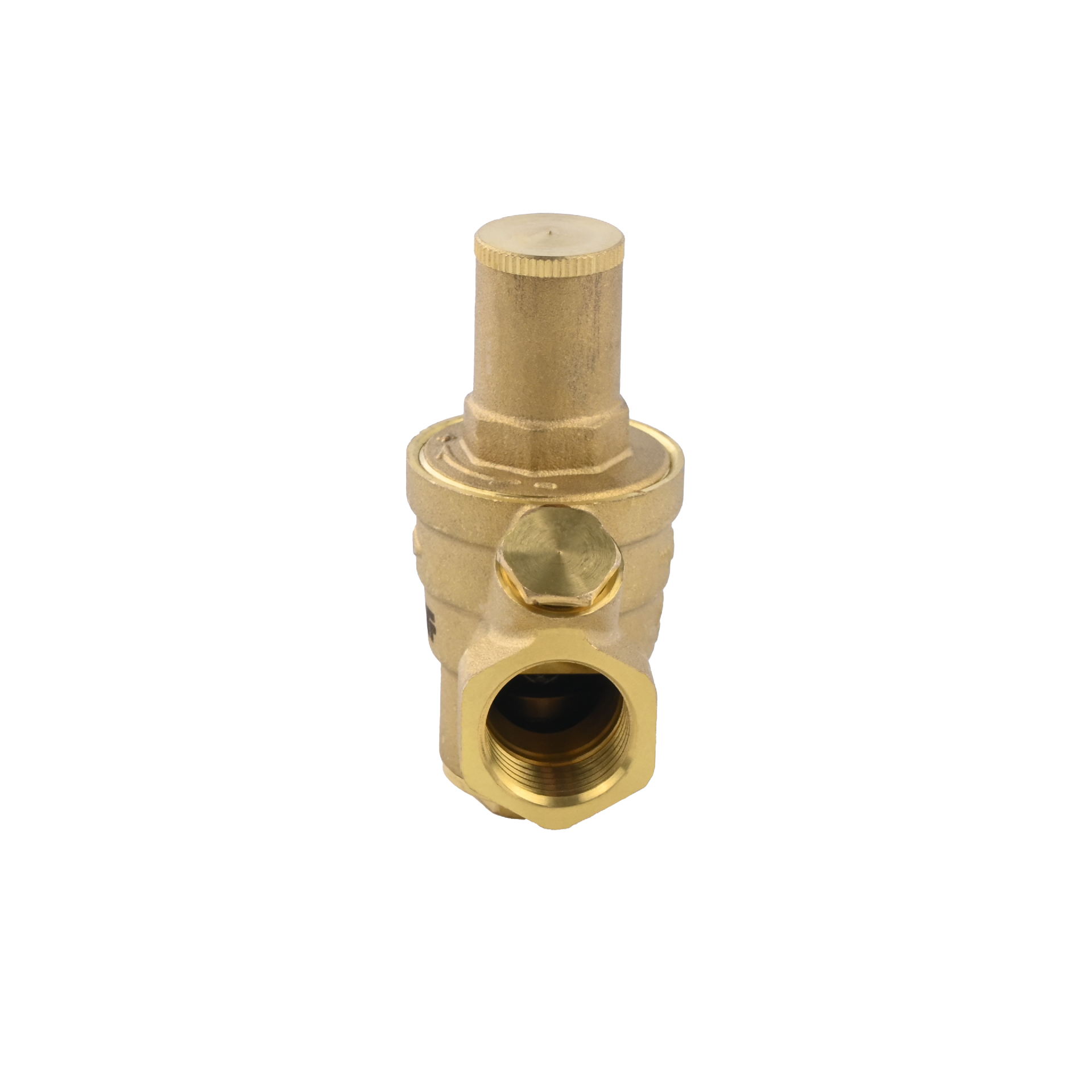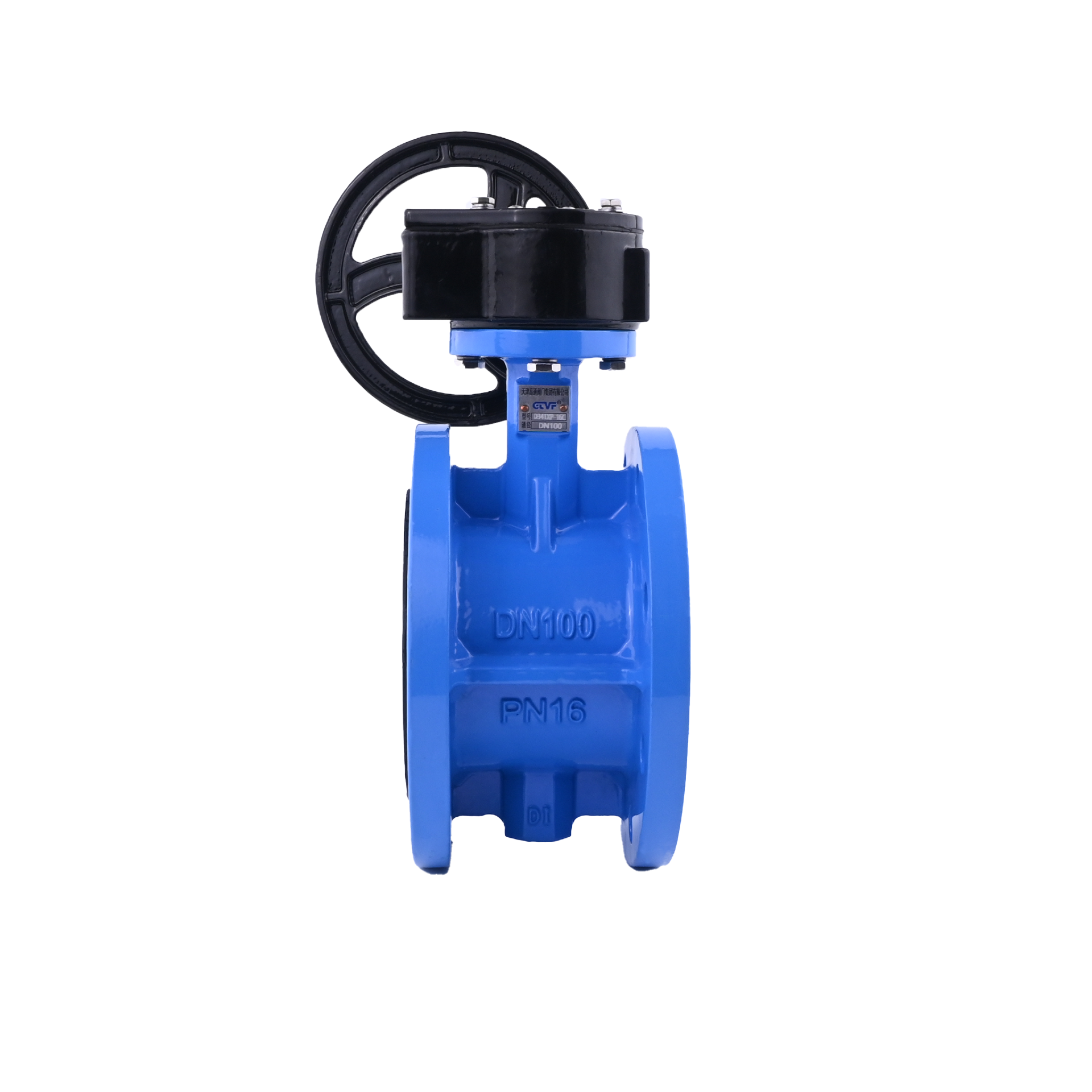As a key equipment widely used in industrial piping systems, stainless steel butterfly valves are favored for their corrosion resistance, high temperature resistance and high pressure resistance. However, many users find that the surface of the stainless steel butterfly valve sometimes rusts during use. This makes people wonder: Why does the surface of the stainless steel butterfly valve rust? Stainless steel butterfly valve manufacturers from many aspects to tell you.
1. Material characteristics of stainless steel butterfly valve
The main material of stainless steel butterfly valve is stainless steel, and its corrosion resistance mainly depends on the chromium oxide film formed on the surface. This film can effectively isolate air and moisture, preventing the metal matrix from reacting with the external environment. However, if this layer of oxide film is destroyed, the surface of the stainless steel butterfly valve may rust.
2. Common causes of surface rust
(1) Environmental factors
During the use of stainless steel butterfly valves, if long-term exposure to humidity, high temperature or containing corrosive media in the environment, the surface of the chromium oxide film may be destroyed. For example, in coastal areas, the air contains a lot of salt, which is easy to accelerate the corrosion of the stainless steel surface.
(2) Mechanical damage
During installation or use, the surface of the stainless steel butterfly valve may be subject to mechanical damage, such as scratches or collisions. These damages destroy the oxide film on the surface, leaving the metal matrix exposed and causing rust.

(3) Chemical corrosion
If the stainless steel butterfly valve comes into contact with a medium that contains strong acids, strong alkalis or other corrosive substances, the oxide film on the surface may be corroded, causing rust problems.
(4) Material problems
Some stainless steel butterfly valves may use inferior stainless steel materials, and their chromium content is insufficient or uneven, resulting in decreased corrosion resistance, and thus more prone to rust.
3. How to prevent stainless steel butterfly valve rust?
In order to avoid rust on the surface of the stainless steel butterfly valve, the following measures can be taken:
1. Choose quality materials:
Make sure the material of the stainless steel butterfly valve meets the standard, such as 304 or 316 stainless steel, which has better corrosion resistance.
2. Regular maintenance:
Check the surface status of the stainless steel butterfly valve regularly, and clean up dirt and corrosive media in time.
3. Avoid mechanical damage:
During installation and use, pay attention to protect the surface of the stainless steel butterfly valve to avoid scratches or collisions.
4. Improve the use environment:
Try to install the stainless steel butterfly valve in a dry and well-ventilated environment to avoid long-term exposure to corrosive media.







